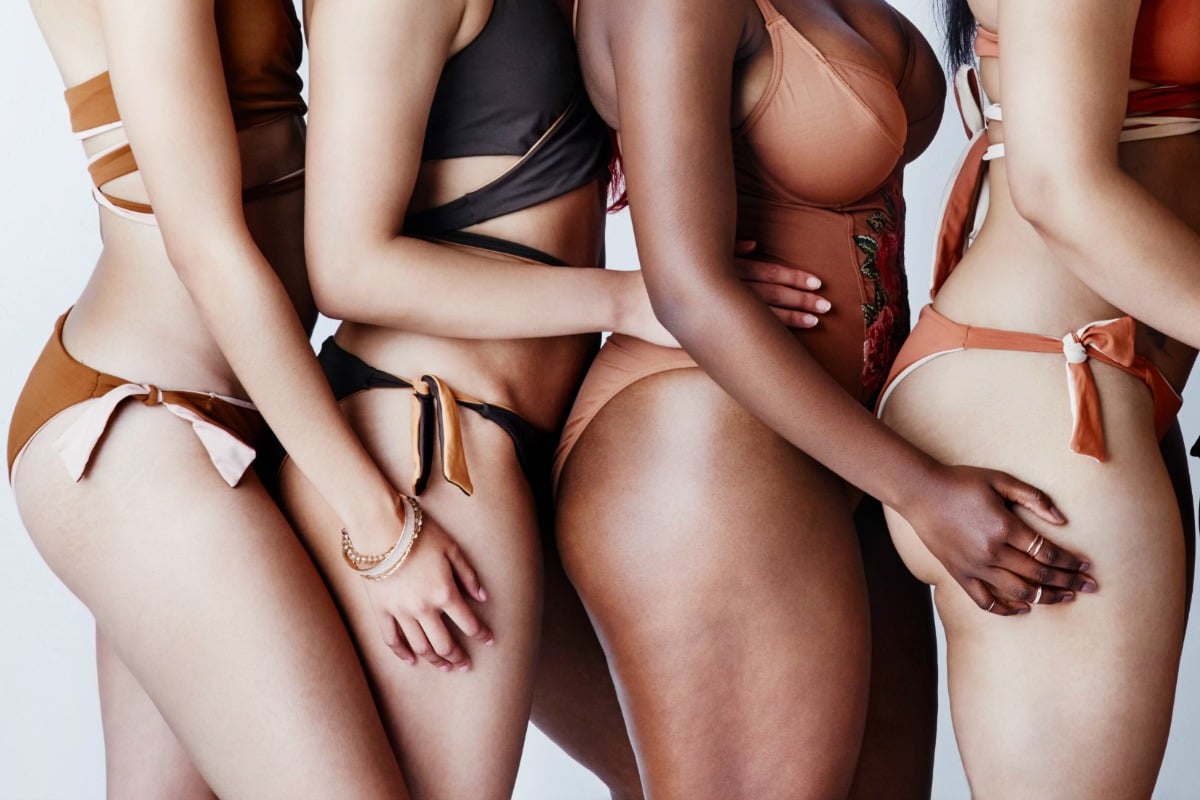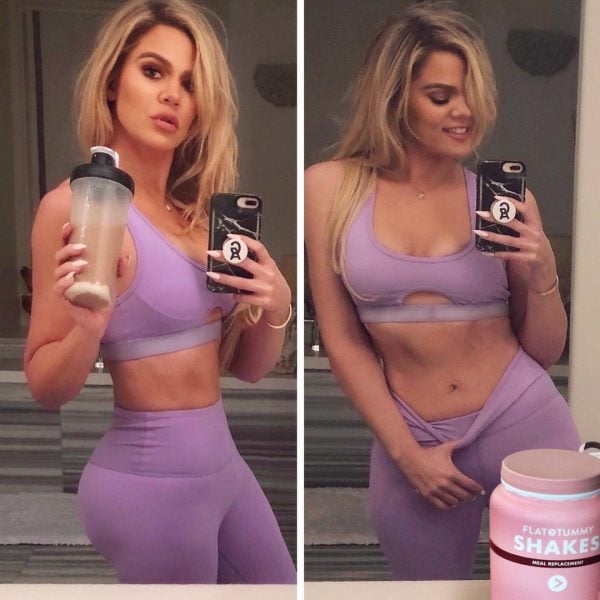
Senator Deborah O’Neill: ‘A very welcome change is coming to your social media feed.’
Millions of Australian women have flipped through magazines and poured over images of celebrities and models. Alongside those images were the stories and advice and headlines promising we’d achieve our “sexiest body ever”.
Now, with the rise of social media and the persistence of digital connectivity, Australian women of all ages can endlessly scroll through curated images of toned models, celebrities and social media influencers.
While social media can be great for connecting with loved ones, we also know that it facilitates the consumption of imagery that can be damaging for men and women’s body image.
Men are met with images of chiselled torsos and sculpted, strong limbs. You know it, the Adonis ideal. Women face a barrage of ‘perfection’ – perfect hair, teeth, skin and bodies with curves in all the ‘right’ places.
The pressure to imitate these body types – that often become idealised – can be harmful to our mental, physical, and emotional health. And, it’s well established that this can be associated with the development of body dissatisfaction and eating disorders, which affects over one million Australian men and women. Of all psychiatric illnesses, eating disorders have amongst the highest mortality rates.
A lot of the time the portrayal of these ‘ideal’ bodies is often unattainable or only attainable through unhealthy practices thanks to digital alteration. You’ve seen it before: the model’s waist has been tightened – and it’s disproportional to the rest of their body. It’s literally impossible to look like that.





























































































